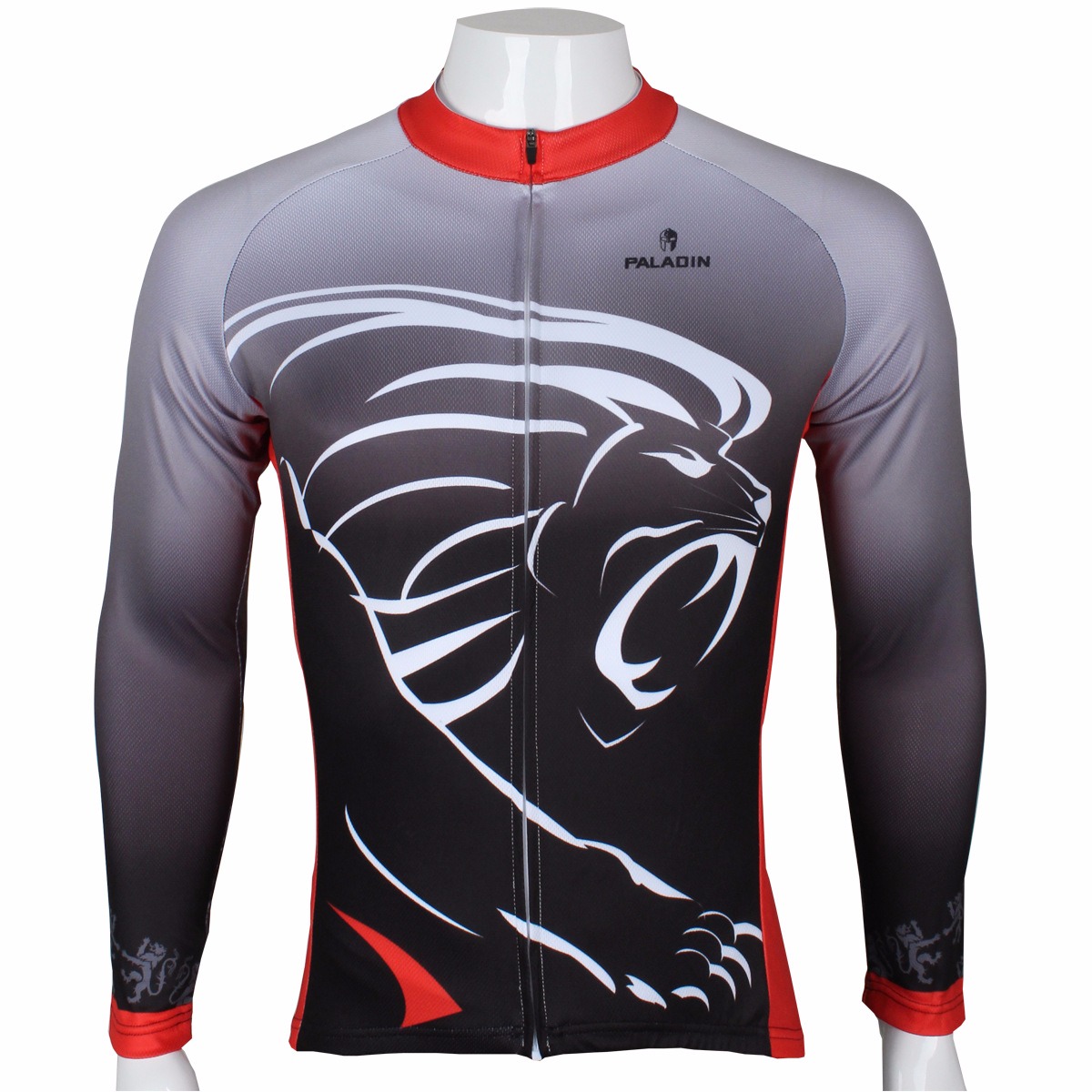 Both materials are quite popular fabrics in the clothing industry. Viscose appeared earlier than its artificial counterpart, so buyers know much more about it. Nevertheless, thanks to its unique qualities and relatively low cost, polyester began to persistently win the attention of consumers.
Both materials are quite popular fabrics in the clothing industry. Viscose appeared earlier than its artificial counterpart, so buyers know much more about it. Nevertheless, thanks to its unique qualities and relatively low cost, polyester began to persistently win the attention of consumers.
How can you tell the difference between viscose and polyester?
Practical recommendations:
- Appearance. Viscose threads have a shine reminiscent of the natural shine of silk, while polyester fibers have an unnatural shine, a bit like metal.
- To the touch. When you touch materials that contain viscose, you feel the softness of the fabric. And others do not give a feeling of softness and comfort when touching the fabric.
- Strength. Viscose, having good strength potential, still breaks under strong tension, while polyester is more resistant to tearing and abrasion.
- Hairiness. Materials containing polyester are smoother than those made from cellulose.
- Trimming. Viscose is cut smoothly and well; polyester is much more difficult to cut with scissors, since the thread has very high strength.
- Flammability. Viscose materials burn evenly, while polyester melts at high temperatures.
- Washing and care. Materials based on cellulose fibers require a more delicate attitude: they cannot be boiled or bleached. Polyester, on the contrary, is resistant to bleach and boiling.
It is difficult for a person who does not understand the intricacies of textile production to distinguish one type of fabric from another, but sometimes it is necessary to do so. After all, its price depends on what material the product is made from. How to distinguish viscose fabric from polyester is described below.
Synthetic fibers. After the appearance of artificial fabrics in the clothing industry in the first half of the last century, clothing made from them was considered fashionable and stylish. Nowadays, such characteristics of materials as environmental friendliness and comfort come to the fore. But synthetics added to the fabric can significantly increase the service life of the product, 30% synthetics in the composition is normal.
Synthetic fibers may differ in composition and production method, but we must not forget that they are made from processed petroleum products. Synthetic clothing is not recommended for asthmatics, people prone to allergies and other types of skin diseases.
What is viscose
 The history of the first artificial fibers began in 1910. Through complex chemical compounds, cellulose was obtained, which became the basis of viscose fabrics. Viscose is considered the most natural fiber among all types that are created artificially. Depending on the complexity of the weaves and the thickness of the viscose threads, a variety of fabrics are obtained, very similar in their characteristics to wool, linen, cotton or silk.
The history of the first artificial fibers began in 1910. Through complex chemical compounds, cellulose was obtained, which became the basis of viscose fabrics. Viscose is considered the most natural fiber among all types that are created artificially. Depending on the complexity of the weaves and the thickness of the viscose threads, a variety of fabrics are obtained, very similar in their characteristics to wool, linen, cotton or silk.
The features of viscose fabric include the following:
- viscose fabrics are pleasant to the touch;
- the canvas has high hygroscopicity, moisture evaporates from its surface without hindrance;
- the material allows the skin to breathe and creates a favorable microclimate;
- Viscose is easily dyed with all kinds of dyes.
What is polyester
 Its production is based on polyester fibers obtained artificially. Due to the characteristics of polyester fibers, this material is represented by several groups of fabrics. It can be quite thin and light, and on the contrary, it is made rough and durable to the touch. The scope of polyesters is wide and covers not only wardrobe items. It is in demand in the manufacture of tourist and trade tents and other accessories.
Its production is based on polyester fibers obtained artificially. Due to the characteristics of polyester fibers, this material is represented by several groups of fabrics. It can be quite thin and light, and on the contrary, it is made rough and durable to the touch. The scope of polyesters is wide and covers not only wardrobe items. It is in demand in the manufacture of tourist and trade tents and other accessories.
The advantages are difficult to underestimate:
- the main difference is strength and durability;
- the fabric does not wrinkle and does not require regular ironing;
- polyester products dry quickly and are not deformed by moisture.
Along with its advantages, this type also has disadvantages:
- material highly electrified and stores static voltage;
- scientists have not proven: Is polyester harmful or not?, They It is not recommended to wear products made from it regularly.


 2
2





